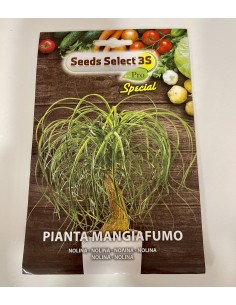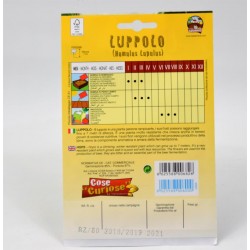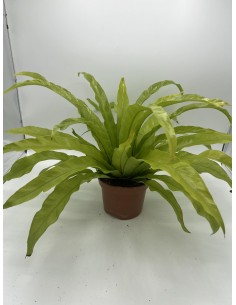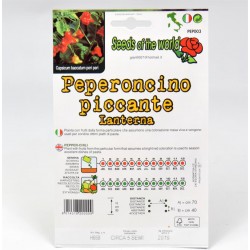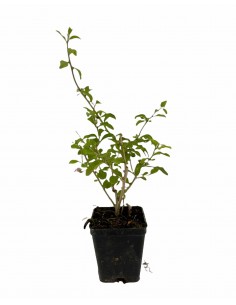copy of Achillea Ptarmica Plant
Generality of the Achillea Ptarmica Plant:
The carnivorous plant Dionea is one of the most appreciated of the genus and also among the most widespread in Italy: also called "acchiappamosche", this plant feeds on insects: the flies are attracted by the color and smell that give off the leaves but as soon as they arrive inside the leaves close like a pincer.
On-line Sale of the Achillea Ptarmica plant, available in the following sizes:
- Vase 9cm, Height: 20cm
On-line Sale Of the Dionaea Muscipula plant, available in the following sizes:
- Vase 8.5cm, Height: vase height
- Vase 12cm, Height: vase height
Generality of the Dionaea Muscipula Plant:
Dionaea muscipula is a carnivorous plant cultivated not only for ornamental purposes, but above all for its ability to catch flies and mosquitoes of which it is particularly greedy enough to deserve the appellative of Venus flytrap. The Dionaea muscipula, a Droseraceae family, is a small herbivorous herbaceous plant (not more than 15 cm) native to the United States. The aerial part of the plant, perennial mute according to the seasons. The small fleshy leaves arranged in a rosette around a central point, in the middle of winter, during the period of dormancy, appear prostrate towards the ground, while in summer, they appear beautiful erect. The leaves provided with elongated petioles, called soft teeth, contain sensitive sensors that cause them to close as soon as they are touched. From the center of the rosette in the flowering period a floral stem emerges consisting of small flowers containing tiny seeds similar to those contained in grape berries. Dionea produces flowers between May and June. To avoid unnecessary waste of energy from the plant it is advisable to cut the flower at the base before it can bloom.
Cultivation and Care of the Dionaea Muscipula Plant:
Dionaea loves sunny places sheltered from the wind. It should be watered regularly only with rain water or with distilled water, the tap water causes its death in a short time. In winter keep the soil moist, loose and well drained at acidic pH composed of a mixture of sphagnum peat, perlite and sand. It is a plant that absolutely must not be fertilized. The plant must be repotted only when the roots come out of the drainage holes of the water or when the peat that forms the substratum is in the process of rotting.



